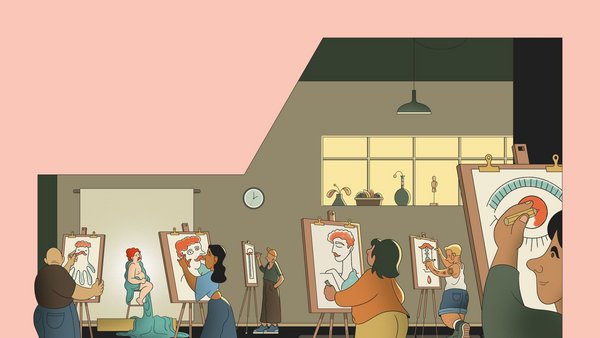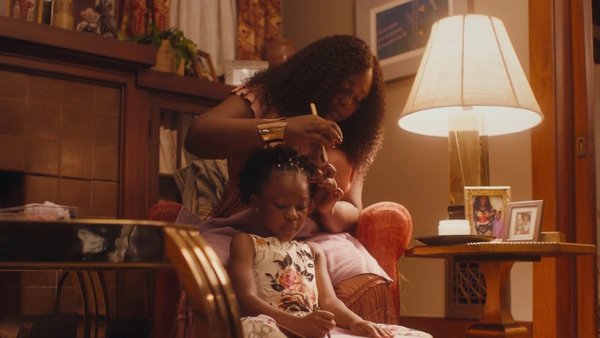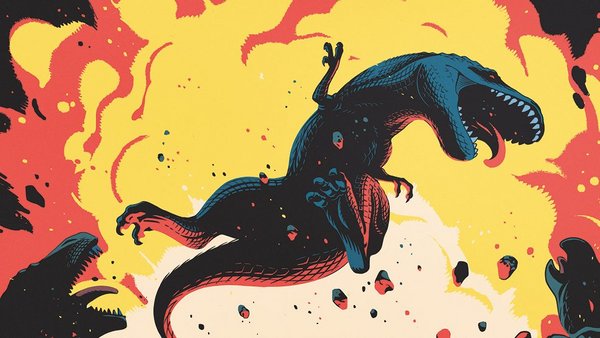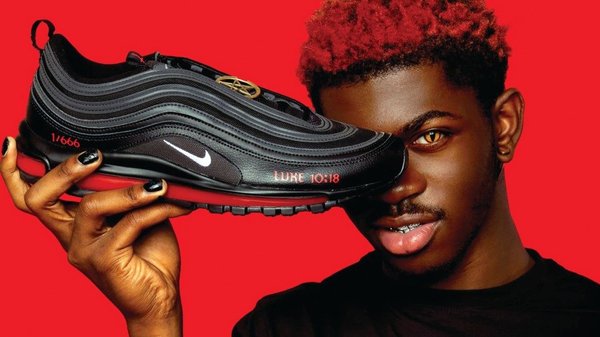Trend: Modern Luxury /
How luxury brands are driving growth and cultural relevance amid new economic challenges
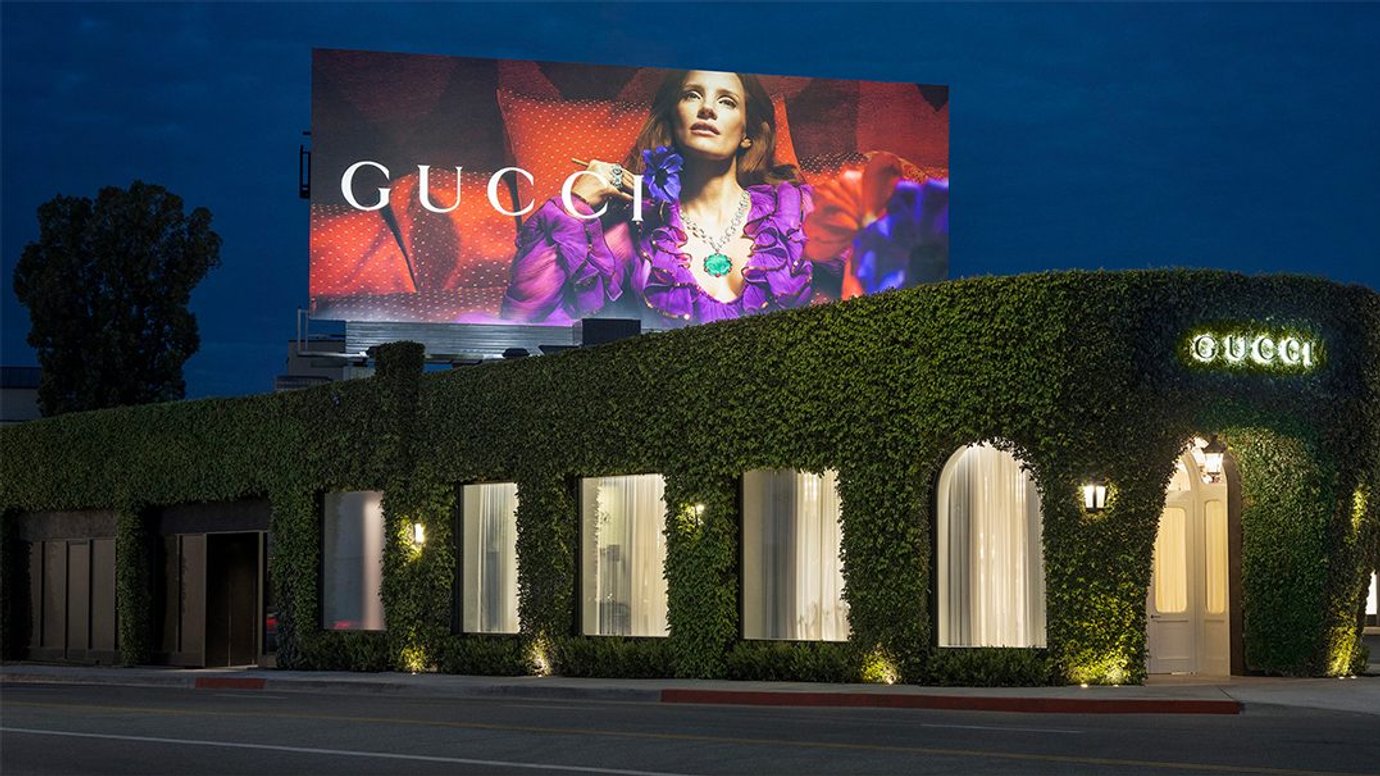
British fashion staple Burberry knows all too well how the precious bubble of prestige can be popped by ‘the wrong sort’ of customer. In the 1990s, Burberry’s brazenly checked products were appropriated by young working class men and women – dubbed hooligans and ‘chavs’ by the media. The association turned the perception of the brand from one of elegance to one of vulgarity, and sales plummeted.
As Oskar Zander, client manager and digital strategist at TBS Mediabyrå in Stockholm noted in an op-ed for Contagious: ‘There’s little point buying a designer brand unless other people know what it means… when everyone can afford a luxury, it ceases to be a luxury.’ It’s a fun paradox for any brand to resolve: too much success, especially the wrong kind, can be fatal.
Here, we outline what the current economic climate means for luxury brands and explore how to keep those all-important high-net worth individuals engaged, while also stoking aspiration with experiences, exhibitions and destination stores.
Landscape /
The Covid-19 pandemic hit businesses hard, and people harder, but one sector that found a silver lining in that horribly giant cloud was luxury. The various lockdowns left a lot of people stuck at home with money to spend, and spend they did, on things to cheer them up. Luxury things.
Following the post-pandemic reopening, ‘revenge buying’ (people making up for lost time by spending even more) buoyed sales further, with Deloitte data revealing that the top 100 luxury companies became bigger and more profitable than ever in 2022.
Now luxury’s shine is dulling. HSBC warned in December 2023 that the previous three years of ‘exceptional growth’ were coming to an end. The investment bank expected sales across the sector to rise by just 8% over the next two years, compared with the 35% leap in 2021, and 15% in 2022. Bain & Company’s 2023 luxury report noted that the market for personal luxury goods would be soft in 2024, likely to slow further from its 4% rate of growth in 2023, citing ‘fragile consumer confidence, macroeconomic tensions in China and spare signs of recovery in the US’.
In a conversation with Fortune, Natalia Lechmanova, Mastercard’s chief economist for Europe, said that the entry-level ‘aspirational’ consumer’s spend has been harder hit by macroeconomic factors compared to the über-wealthy. ‘We need to appreciate that luxury consumers exist on a spectrum from prosperous upper-middle classes to billionaires,’ she said. ‘The former has become more price sensitive: investment banks’ bonuses have moderated, the tech sector has shed jobs, the crypto bubble burst, and many well-to-do professionals have had to increasingly prioritise higher interest payments on their mortgages rather than expensive holidays or handbags.’
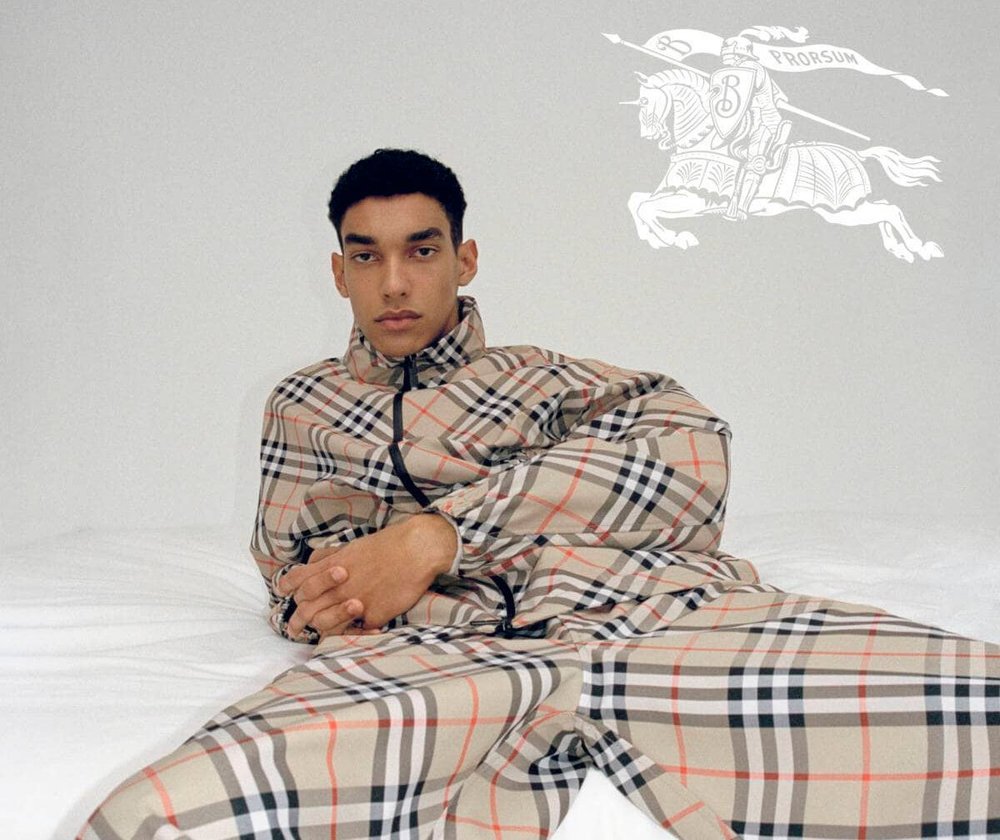
David Austin, Camron Global
THE LUXURY DILEMMA /
It’s here that we get to the current luxury dilemma: given that the top 2% of luxury customers drive 40% of luxury sales, according to Bain, do luxury brands try to broaden their reach by expanding their entry-level offerings to a larger but more cash-strapped target market, or should they lean into those who can afford their most exclusive products?
The choice is complicated by what’s been called ‘The Greatest Wealth Transfer in History’. Estimates by consulting firm Cerulli Associates suggest that a total of $70tn will be inherited by the next generation over the next 20 years. ‘It means we are at a pivotal time for these brands to start to turn their attention towards younger audiences,’ says David Austin, managing partner, global head of strategy and planning at Camron, a PR agency with a host of luxury clients including the One&Only resorts and high-end department store Liberty.
Luxury brands chase youth hastily at their peril – as Burberry indicates, the wrong kind of customer can (nearly) kill you. Austin adds: ‘It must be a balance. You need to recognise that the bulk of revenue is still going to come from older audiences with more disposable income, while also appealing to this next generation of consumer.’
So, perhaps luxury brands are on much safer ground wooing high-net worth shoppers…
CHASING THE TOP 2% /
The economic backdrop dictates that courting ‘very important clients’ (VICs) is now a strategic focus for brands, according to the Business of Fashion. As Austin notes, ‘There is more choice for the ultra-wealthy to spend their millions on than they’ve had before and there’s more access to choice. It means we really have to find ways to meet their raised expectations while cutting through the market.’
Now, there are a few standard attributes invariably required to speak to the luxury shopper: heritage, craftsmanship, high-quality materials, rarity, price and premium retail experiences. For heritage, you either have it or not, and next two are straightforward enough to execute upon. It is the latter three – price, rarity and the retail experience – in particular, that are the levers worth pulling.
Wish you could read this? /
Become a member and you'll not just read this article but discover thousands more world-class campaigns, deep dives on brands and cutting-edge trends.
Membership includes open access to Contagious IQ, our intelligence platform that deconstructs the most creative, effective and innovative marketing ideas from around the globe, as well as exclusive briefings, webinars and training courses.
Already have an account?Sign in
Want more of the same? /
We don’t just write about best-in-class campaigns, interviews and trends. Our Members also receive access to briefings, online training, webinars, live events and much more.
